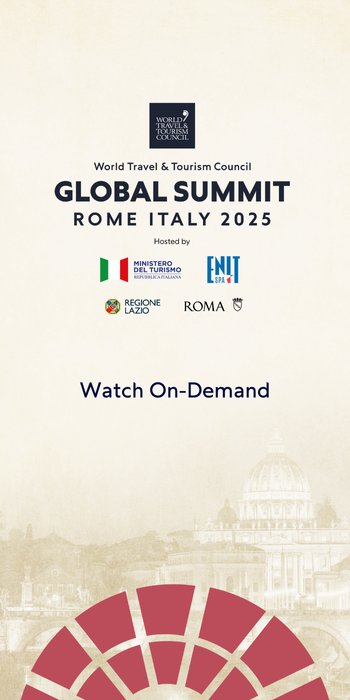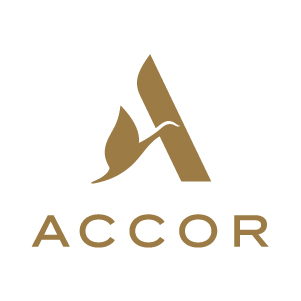Pay what you feel: The disruptive pricing model changing how tourists value experiences

In an industry long dominated by fixed fees, tiered packages, and ‘early bird’ discounts, a growing number of bold small and medium enterprises (SMEs) are flipping the pricing playbook on its head. Welcome to the world of ‘pay what you feel,’ a disruptive, trust-fuelled pricing model that is turning casual tourists into brand ambassadors and curious travellers into lifelong fans.
From city walks through narrow alleys soaked in history to mouthwatering food trails and immersive cultural workshops, SMEs are rewriting the rules of value. By letting travellers decide the price they want to pay, they are sparking a revolution in tourism innovation by SMEs.
Sign in to access actionable insights
In an industry long dominated by fixed fees, tiered packages, and ‘early bird’ discounts, a growing number of bold small and medium enterprises (SMEs) are flipping the pricing playbook on its head. Welcome to the world of ‘pay what you feel,’ a disruptive, trust-fuelled pricing model that is turning casual tourists into brand ambassadors and curious travellers into lifelong fans.
From city walks through narrow alleys soaked in history to mouthwatering food trails and immersive cultural workshops, SMEs are rewriting the rules of value. By letting travellers decide the price they want to pay, they are sparking a revolution in tourism innovation by SMEs.
Trust as the new currency
At the heart of this model lies the radical idea of trusting your customer. In a landscape where comparison-shopping and price sensitivity dominate, giving away control of pricing seems risky. But for savvy SMEs, it is proving to be a stroke of genius.
For example, if a walking tour company ditches traditional ticketing and instead, welcomes visitors with a warm smile, delivers a two-hour experience rich in local stories, and ends with a simple ask of ‘Pay what you think this was worth.’ Not only do guests often pay more than standard rates, they also leave raving reviews, return with friends, and post about the experience online, effectively becoming free marketers.
This model taps into human psychology. When people are given freedom to choose, many respond with generosity, especially when they have just had a personal, unforgettable experience. That is why this tourism innovation by SMEs is embracing the emotional economy.
Cultural SMEs, offering activities like pottery making, calligraphy sessions, or neighbourhood cooking classes, are seeing a surge in engagement by offering flexible pricing. Because the barrier to entry was removed, and the trust extended to the guests made the experience feel authentic and heartfelt.
More importantly, this pricing model captures the true value perception. People pay based on the emotional impact, the learning, and the uniqueness of the experience. And once they pay voluntarily and generously, they are hooked.
The strategy taps into a powerful mix of reciprocity, social validation, and emotion, all cornerstones of loyalty. And for SMEs looking to compete without the marketing budgets, this is priceless.
A step-by-step guide for SMEs
If you are an SME ready to dive into this disruptive model, here is how to make it work:
1) Craft an exceptional experience: Your product or experience has to be truly memorable. Whether it is a heritage walk, rooftop yoga class, or local farm visit, quality is everything.
2) Set expectations clearly: Communicate the model upfront. Say, ‘We work on a pay-what-you-feel basis. At the end, you can decide what it was worth to you.’ This transparency builds trust from the start.
3) Provide gentle anchors: Guide customers subtly. For example, show what others typically pay or provide a suggested range. This helps tourists unfamiliar with local pricing and avoids awkwardness.
4) Make payment seamless: Use QR codes, mobile wallets, or discreet cash envelopes to make paying easy.
5) Collect feedback and stories: Encourage guests to share why they paid what they did. These stories become marketing gold and also help refine your service offering.
In a post-pandemic world, travellers are craving authenticity, connection, and meaning. They are more drawn to people-led, values-driven adventures. ‘Pay what you feel’ is flexible, empathetic, and rooted in mutual respect. More importantly, it offers a sustainable business model that scales with integrity.

















